In May 1801, Thomas Jefferson wrote a complaining letter to a friend. “There is nothing I am so anxious about as making the best possible appointments.” Donald Trump would appreciate Jefferson’s anxiety.
“Personnel is policy.” As far as I have been able to discover, that slogan gained currency in the Reagan administration. But it articulates a truth that political thinkers from Aristotle to Machiavelli to James Madison appreciated. The first line of Article II of the Constitution reads: “The executive Power shall be vested in a President of the United States of America.” That’s “a President.” Only one. Not “a President and a bunch of district court judges.” Not “a President and sundry federal agencies staffed by unaccountable bureaucrats.”
Over the course of many decades, the sublimely uncluttered principle articulated at the beginning of Article II has been undermined and stymied, like Gulliver among the Lilliputians, by what we have come to call the administrative state. What is the administrative state? It is difficult to take precise measure of this amorphous, protean, self-engorging organism. But one salient characteristic is its habit of substituting judicial intervention for constitutional principle.
“Personnel is policy.” Does the President have the authority to hire and fire his agents and underlings? The Constitution says yes. The administrative state, supported by a battalion of liberal judges and scrambling litigants, says “not so fast.”
Does the President have the authority to hire and fire his agents and underlings? The Constitution says yes
As I write, the Trump administration is contending with some 300 lawsuits. Many have to do with agencies he wishes to trim or abolish, previously appropriated funds he wishes to divert or sequester, employees he wishes to fire. So far, the Supreme Court has, if in somewhat piecemeal fashion, mostly sided with Trump. The executive, the Court has recognized, ought to be allowed to execute, viz “to carry out or put into effect a plan, order, or course of action.” Inherent in that power is the President’s prerogative of “making the best possible appointments.” Why? because personnel is policy. Agents of the administrative state also understand this principle. It’s just that they believe that power, or at least large swaths of it, should rest with them, not the President. They do not have the Constitution on their side. But they do have a litany of legal decisions which have accumulated like barnacles on the hull of the ship of state, rotting its timbers, impeding its progress.
Piece by piece, the Trump administration is repristinating the underbelly of government. So-called “non-governmental organizations” are being taken apart and “independent agencies” like the Consumer Financial Protection Bureau are being given the Augean stable treatment. In the process, two things that were hidden are revealed. One, that the acronym NGO is a sly, euphemistic misnaming. It is like “Eumenides” – literally, “the kindly ones” – the less fearsome word that the Greeks deployed for the Erinyes, the Furies. A second thing that the klieg light of Trump’s attention has revealed is the extent to which the ostensible independence of NGOs and the alphabet soup of “independent agencies” is spurious. Although some batten partially upon private funds, almost all are largely supported by the government, i.e., the taxpayers. To whom or what are they accountable?
That is a question that hovers in the background as the Trump administration goes about the business of removing non-constitutional barnacles. Personnel is policy. In March 2025, Trump fired Rebecca Kelly Slaughter, one of the five members of the Federal Trade Commission. A lower court ordered her reinstated, citing a 1935 SCOTUS decision called Humphrey’s Executor v. United States. The FTC, established in 1914, is one of those “independent” agencies to which we are supposed to pay obeisance. There is some irony in the fact that its supposed independence was upheld by Humphrey’s Executor. The irony stems from the fact that a Court antagonistic to Franklin Delano Roosevelt upheld a law that prevented his firing William E. Humphrey, a commissioner of the FTC who stood athwart FDR’s New Deal initiatives. Humphrey died before his case was decided. His executors pursued the case, hoping to retrieve his lost salary. In the event, the Court, in a unanimous decision, said that the “experts” who staffed the FTC wielded power that was “predominantly quasi-judicial and quasi-legislative,” not “purely executive,” and were exempt from presidential authority.
Thus did a conservative Court, aiming to deal a blow to the progressive policies of FDR, establish a precedent eagerly seized upon by progressives who sought to bolster the administrative state. The decision has long been subject to criticism, not to say ridicule. What exactly is a “quasi-judicial” or “quasi-legislative” power? How does “purely executive” power differ from executive power unadorned by such adverbial modification? Clarence Thomas, who continues to abide by the quaint notion that the Constitution provides for three, and only three, branches of government, called them “handwaving and obfuscating phrases.”
In September, SCOTUS stayed Rebecca Kelly Slaughter’s reinstatement and scheduled arguments in her case for December. Many observers believe Humphrey’s Executor will be overturned. It should be. Not only has it functioned as a prop for the administrative state, it has also intruded on the President’s executive authority to hire and fire.
When it is time to write the history of the second Trump administration, such achievements as sealing the border, ejecting millions of illegal migrants, and bolstering the US economy by reinvigorating domestic manufacturing will loom large. But from the perspective of restoring executive potency and good government, perhaps Trump’s greatest achievement will be seen to have flowed from his deep understanding of the principle that personnel is policy.
This article was originally published in The Spectator’s October 13, 2025 World edition.



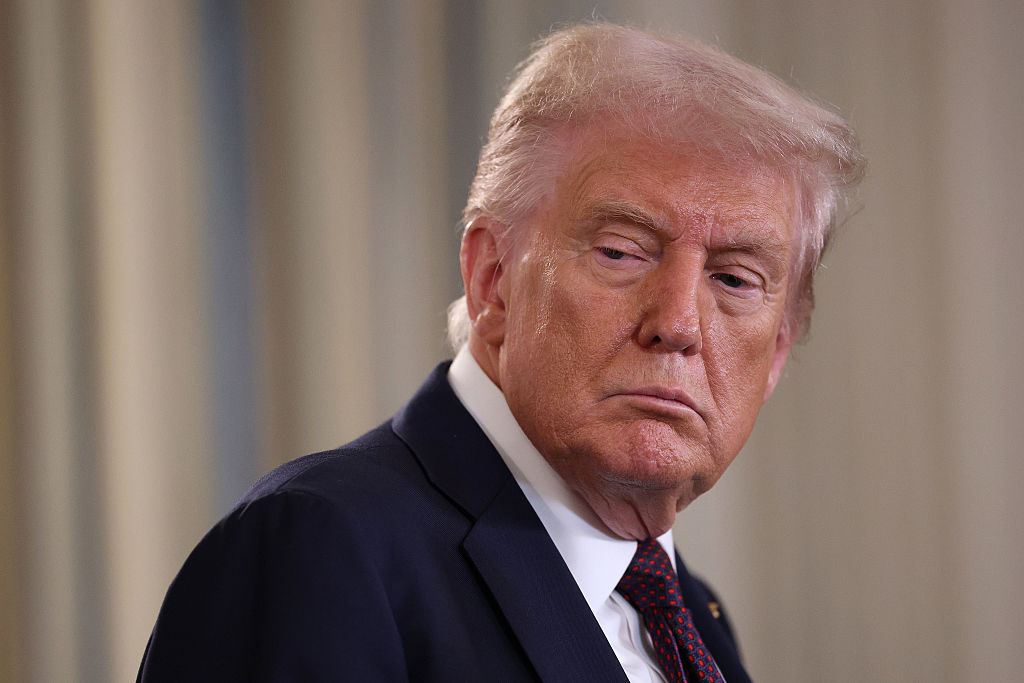








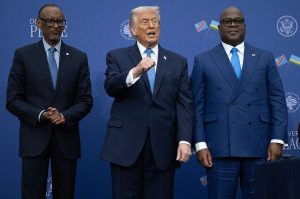

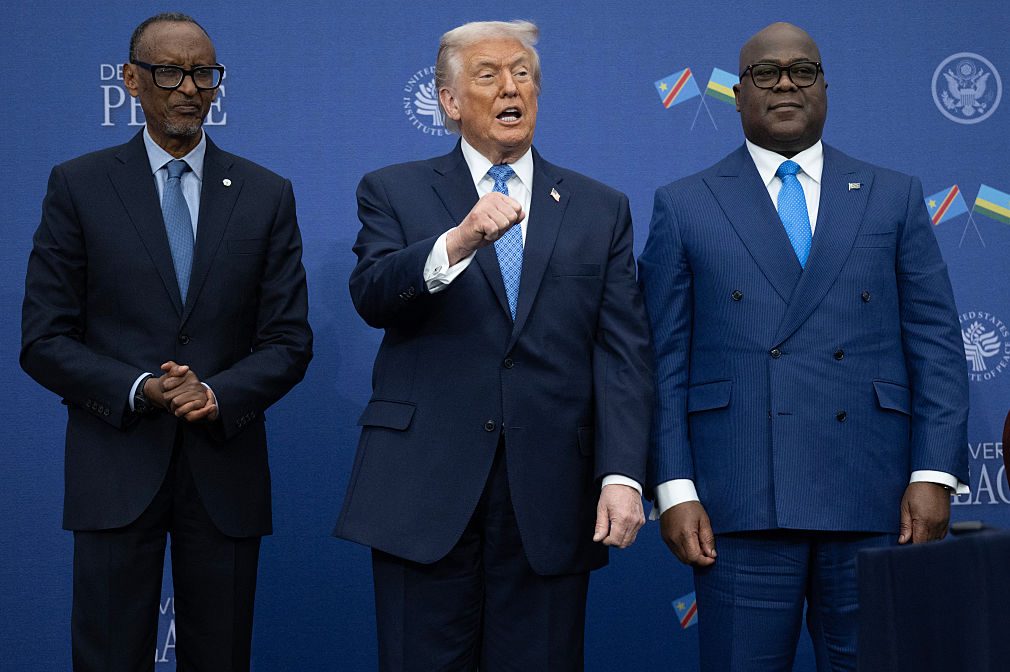
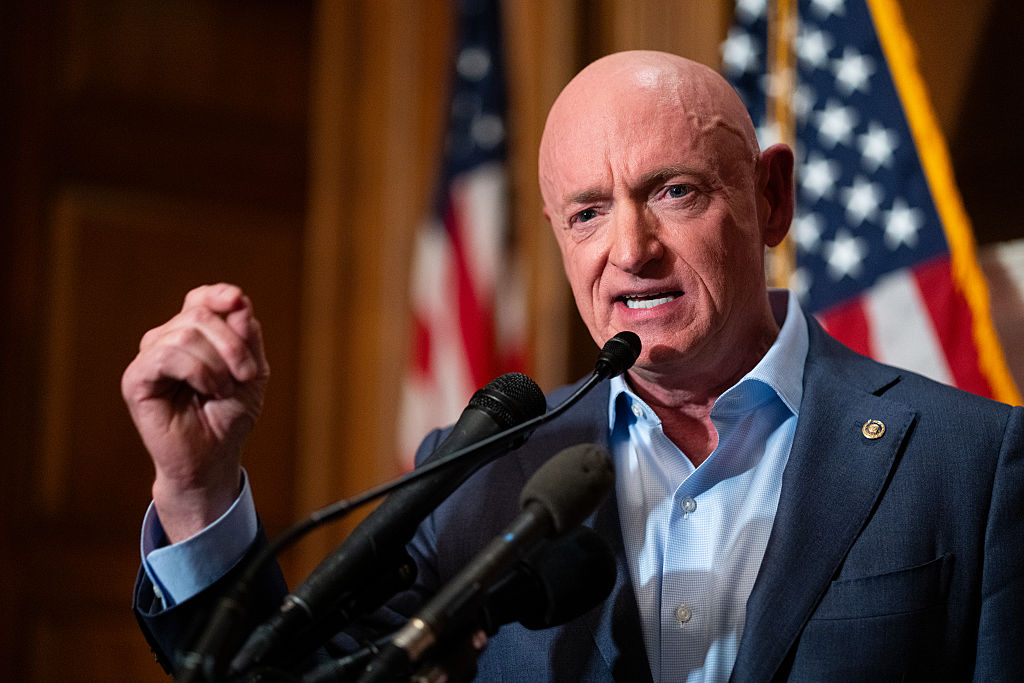
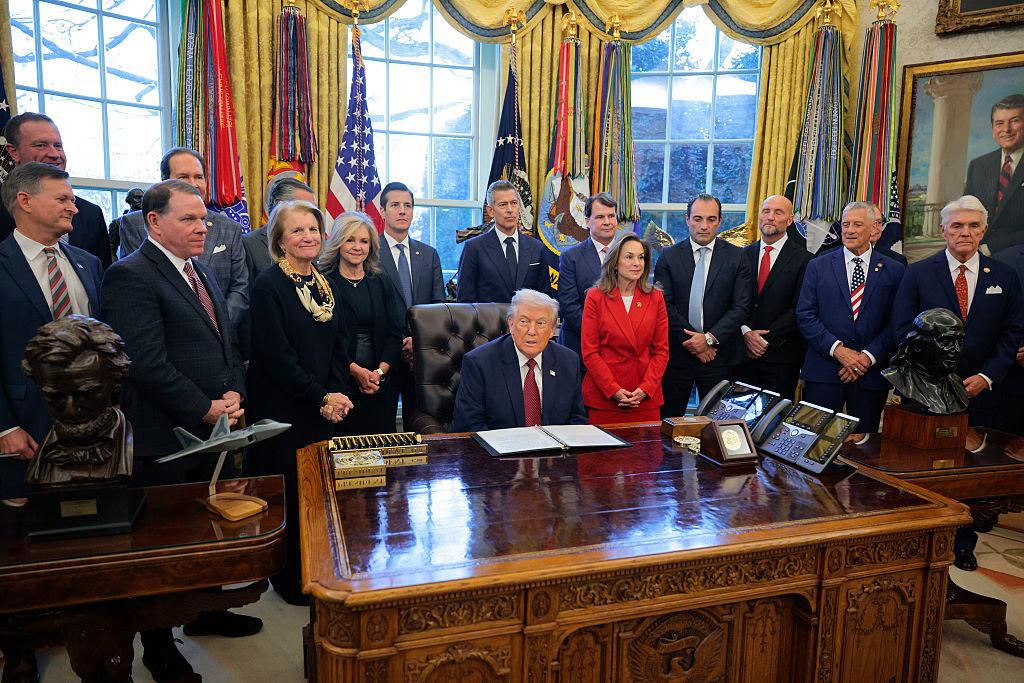
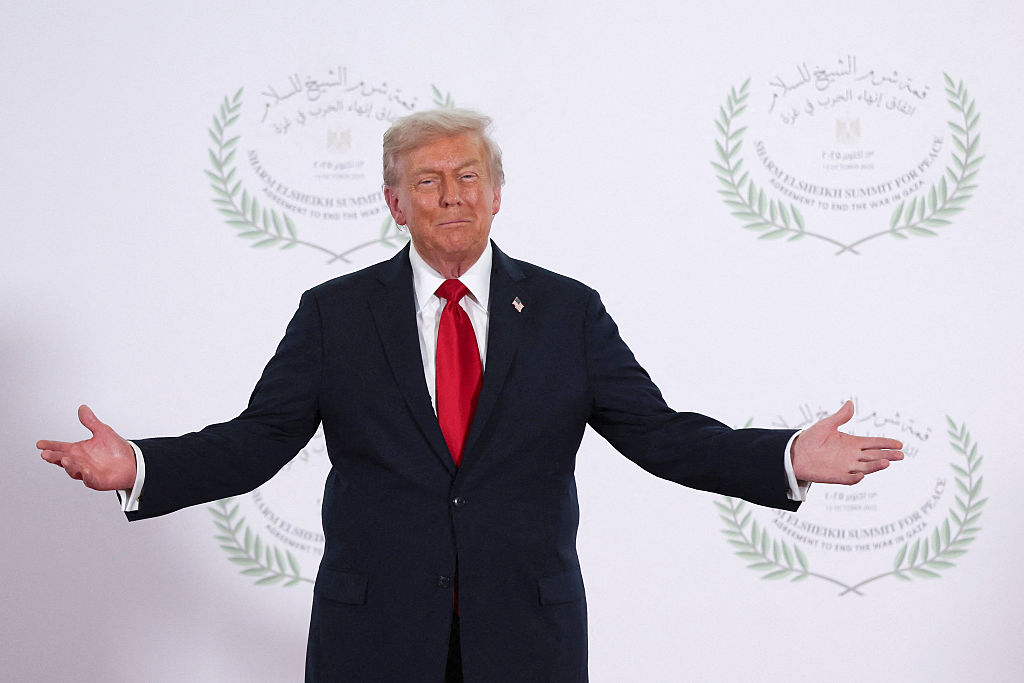
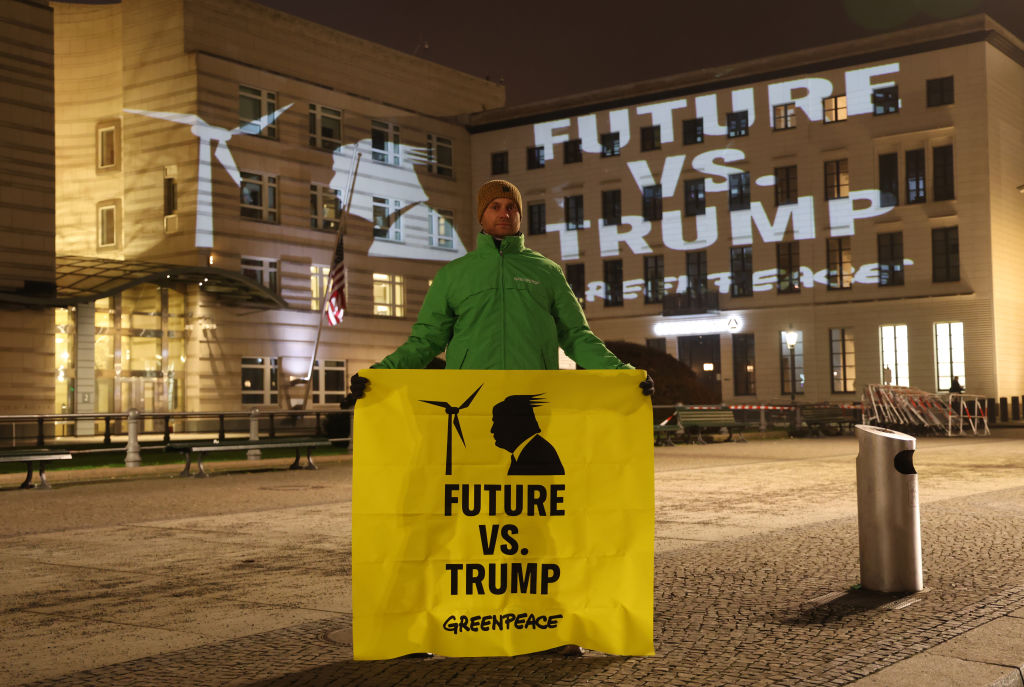

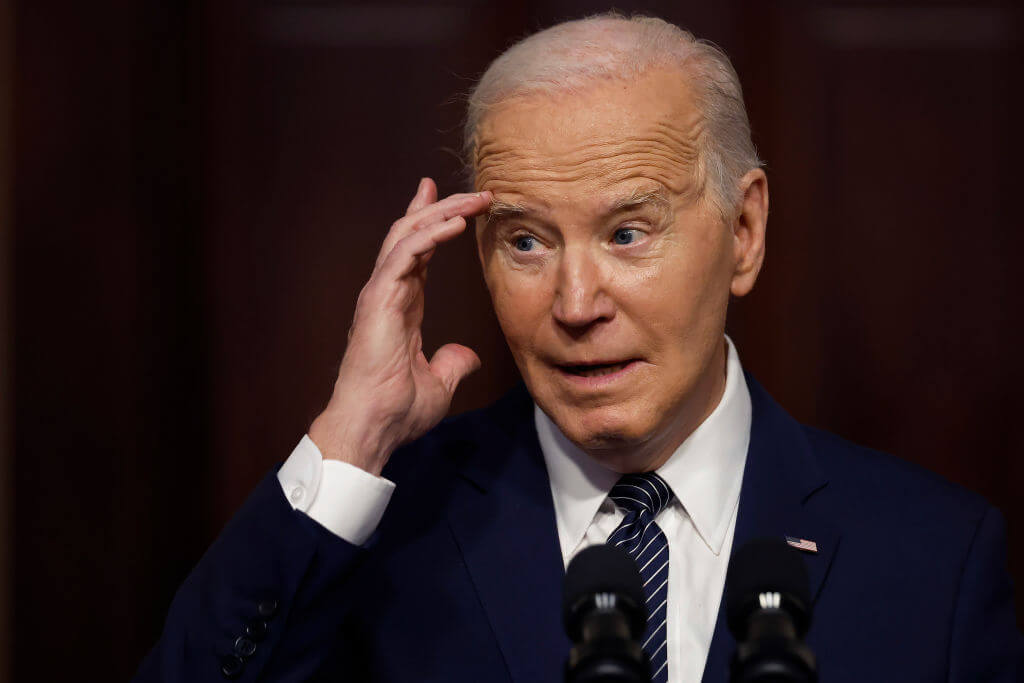



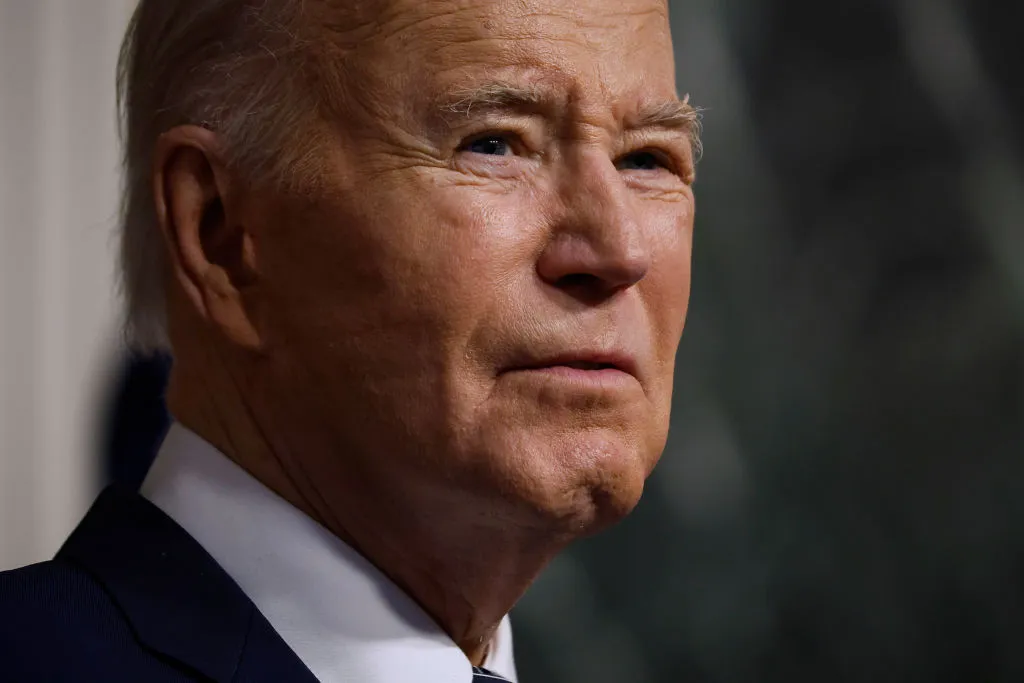

Leave a Reply